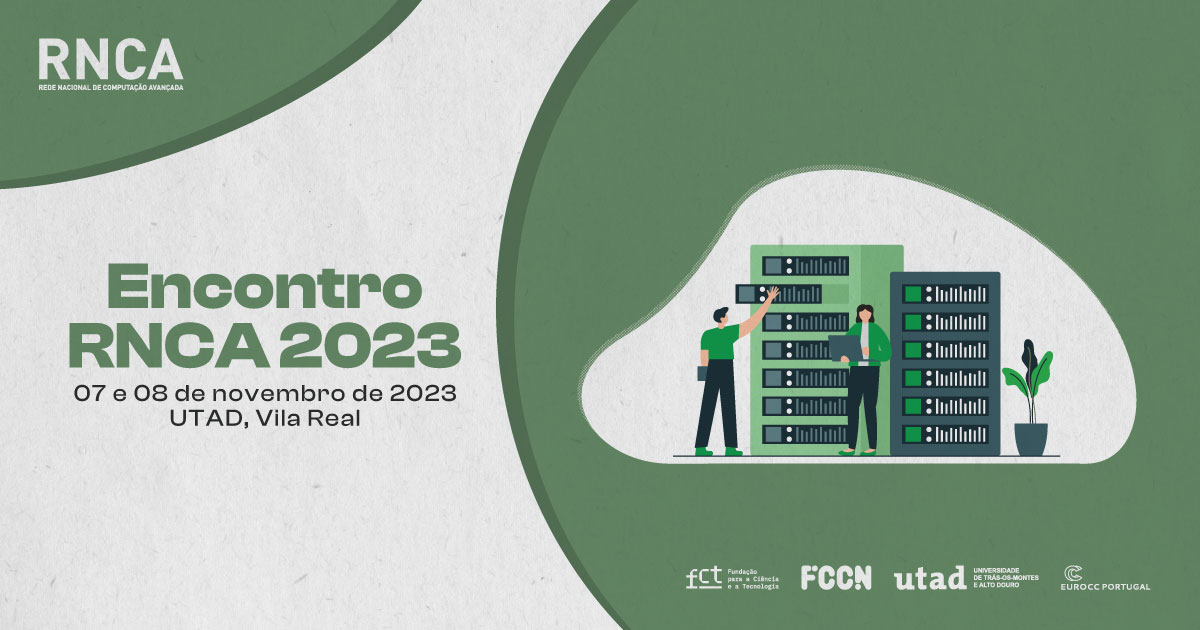On February 23, the FCCN Unit completed another stage of the RCTS100 project, becoming one of the first Academic Networks in the world to activate segment routing. Find out about the impact this feature has on the way traffic is routed to higher education and research entities through the Portuguese academic network, the Science Technology and Society Network (RCTS).
In order to increase the number and quality of connectivity services provided by the FCCN Unit to the national teaching and research community, a paradigm shift was made in the network's technical infrastructure. This change was brought about through the activation of segment routing technology. The decision was taken in response to the increase in the number of services provided, coupled with the desire to innovate and guarantee more and better connectivity services.
A principal alteração promovida por esta mudança diz respeito ao encaminhamento de tráfego, que passa a ser baseado em etiquetas ou labels, em detrimento de endereços IP. Esta possibilidade implica várias melhorias tais como tempos de convergência inferiores (<50ms) e aumento da redundância da rede. Isto porque a RCTS passa a implementar caminhos distintos baseados no perfil de tráfego, ou seja, o número de nós atravessado está dependente das necessidades de latência e largura de banda do serviço.
Until now, RCTS had remained a purely IP network, using Ethernet technology to provide RCTS IP and RCTS Plus services. During 2022, various connectivity services of the FCCN Unit will continue to be reformulated, with a focus on greater redundancy, transport capacity and simplicity of use for all entities connected to RCTS. Automation will also be one of the strengths of the future RCTS.
Find out more about FCCN 's connectivity services.
What is segment routing?
Created in 2013, segment routing technology is a solution that simplifies the routing and management of traffic between network domains. As networks evolve towards being service oriented, this is a more appropriate solution, making the network more agile and flexible by removing unnecessary protocols, dispensing with path signaling, thus increasing network redundancy and efficiency.



















